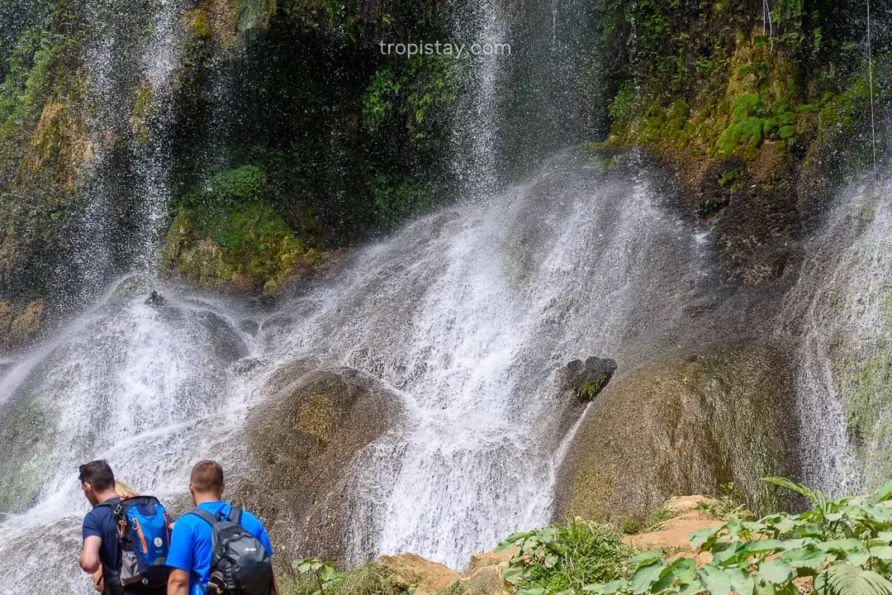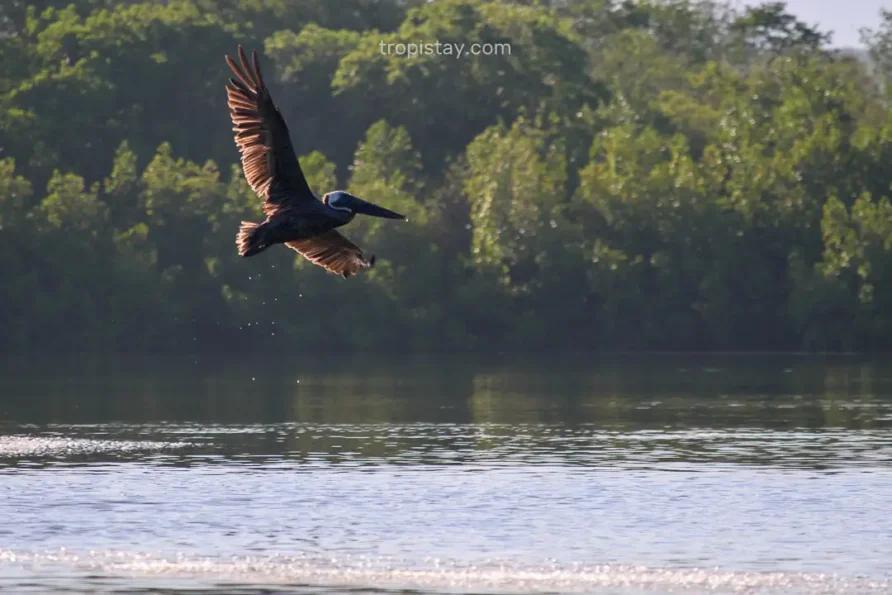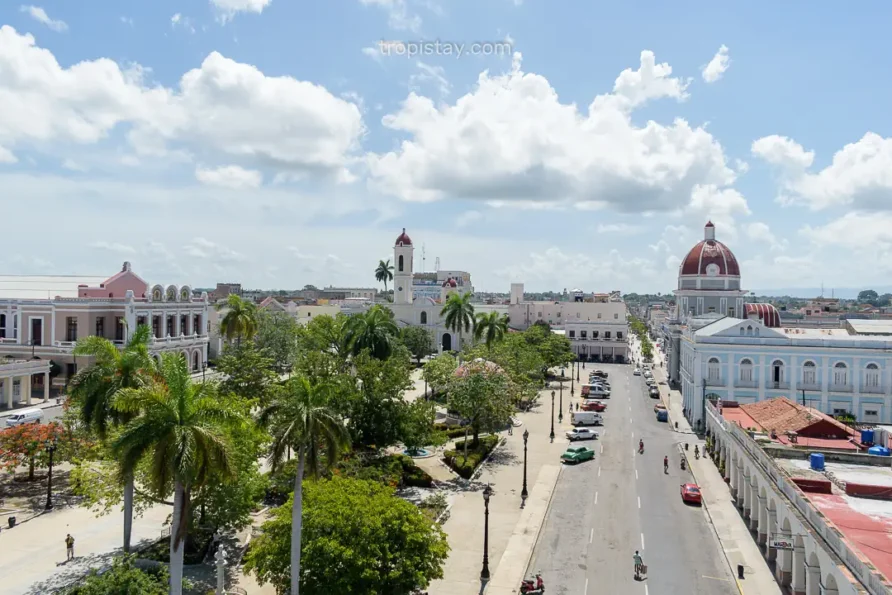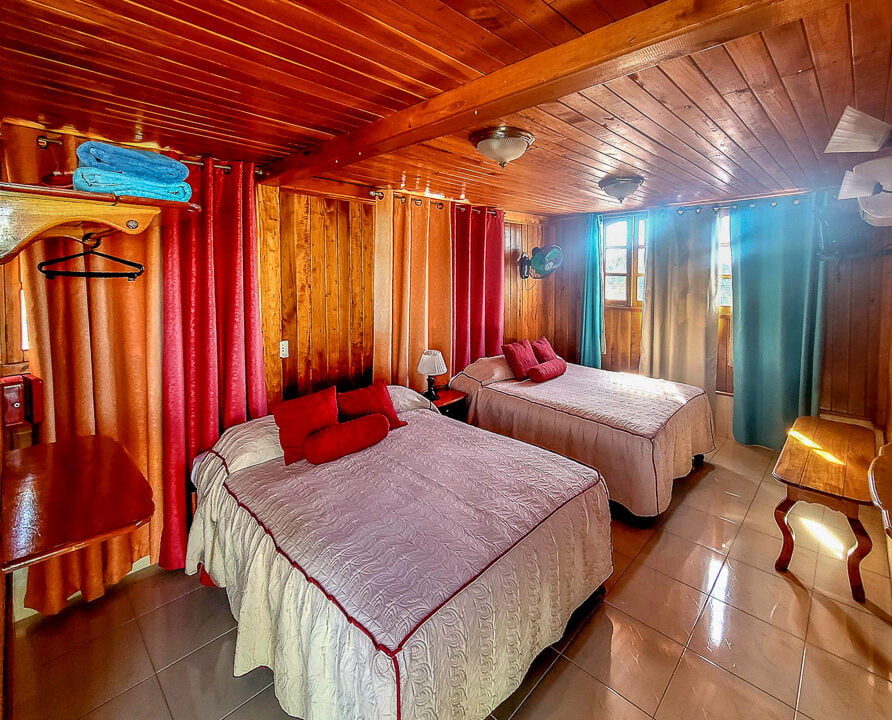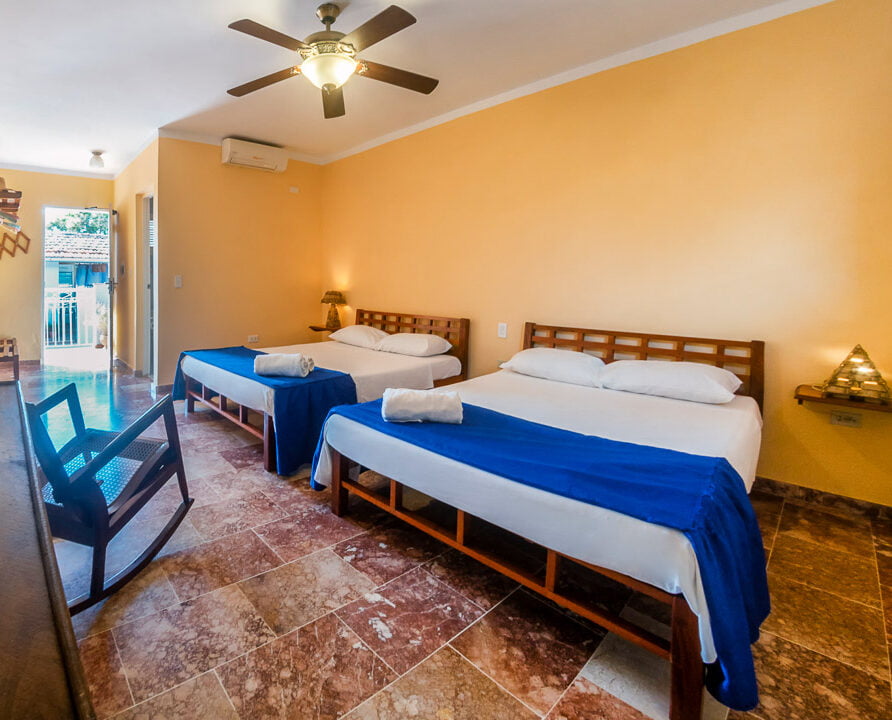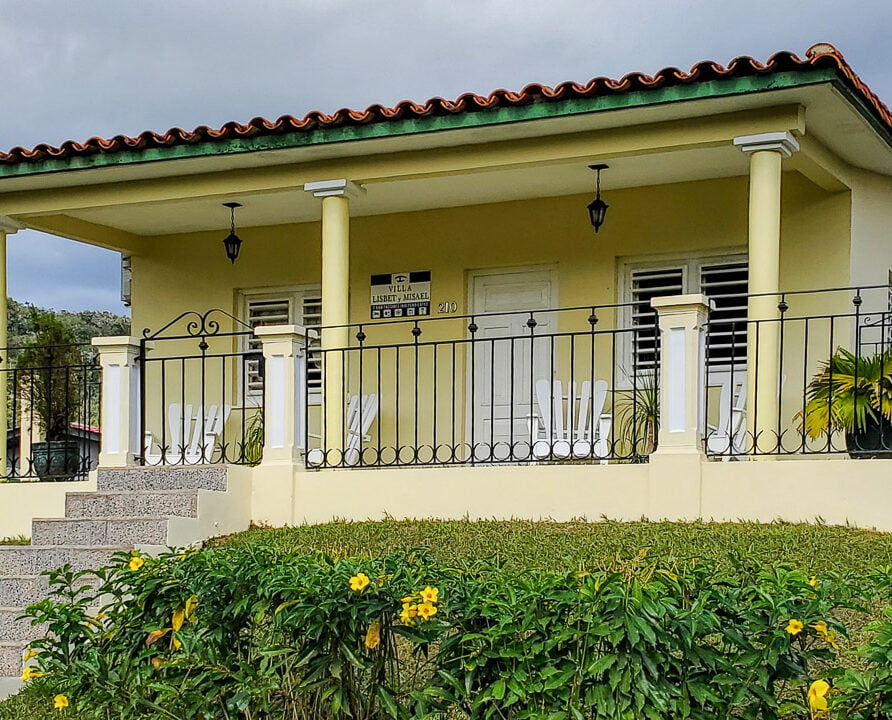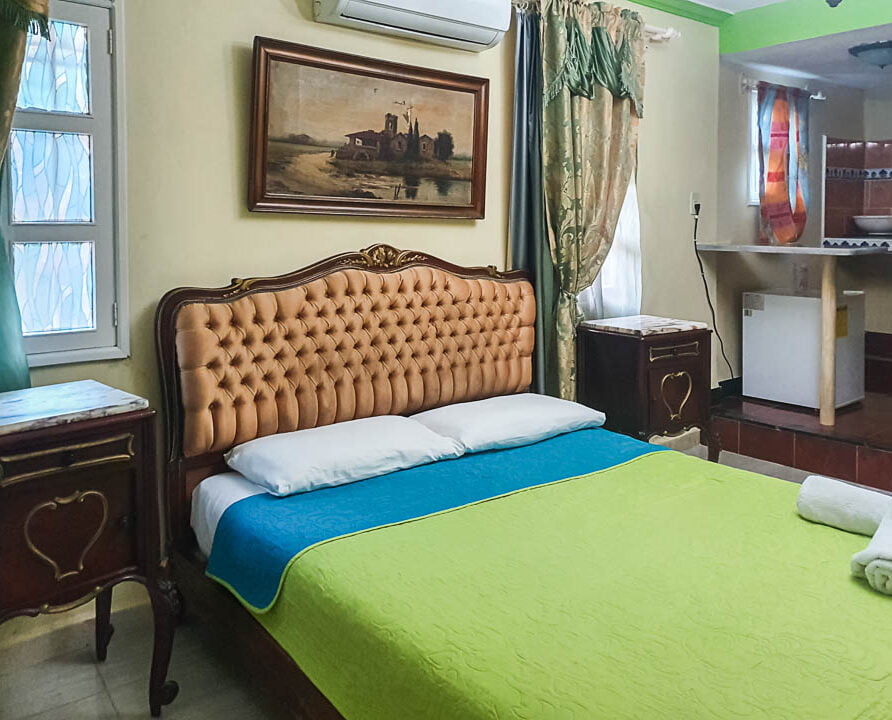A Paradise for Bird Enthusiasts
Cuba, an island nation rich in biodiversity and natural wonders, is a paradise for birdwatchers. From colorful parrots and endemic species to migratory birds and elusive raptors, Cuba offers a diverse range of habitats and ecosystems that attract bird enthusiasts from around the world. If you’re eager to explore Cuba’s avian treasures, here are the top 12 birdwatching destinations that promise unforgettable sightings and memorable experiences:
Table of Contents
Zapata Peninsula National Park
Located on the southern coast of Cuba, Zapata Peninsula National Park is a UNESCO Biosphere Reserve, Ramsar site and a paradise for birdwatchers. Explore diverse habitats including mangroves, wetlands, and forests, home to endemic species such as the Zapata wren, Zapata Sparrow, Gundlach’s Hawk, Cuban trogon, Fernandina’s flicker, the Bee Hummingbird (the world’s smallest bird) and Cuban parrot. (IBA – Cienaga de Zapata) Important Bird Area
Mil Cumbres National Park and La Guira Park
Combining Mil Cumbres National Park and La Guira Park allows birdwatchers to experience a variety of habitats and bird species. Trek through the rugged terrain of Mil Cumbres to encounter the Cuban solitaire, Cuban nightjar, Fernandina’s Flicker, Blue-headed Quail-Dove, and Cuban black hawk, then explore the trails of La Guira Park to spot species like the Cuban parakeet, Cuban tody, and Cuban pygmy-owl. (IBA – Mil Cumbres)
Sierra del Rosario
Nestled in western Cuba, the Sierra del Rosario Biosphere Reserve is home to diverse bird species amidst its lush forests and rolling hills. Las Terrazas and the waterfall at Soroa are prime birdwatching spots, where visitors can encounter species like the Cuban emerald, Cuban tody, Cuban trogon, Fernandina’s Flicker, Giant Kingbird , and the striking Cuban bullfinch. (IBA – Sierra del Rosario)
Viñales Valley
Explore the scenic beauty of Viñales Valley, a UNESCO World Heritage Site renowned for its dramatic karst landscapes and tobacco fields. Birdwatchers flock to this picturesque region to spot species like the Cuban Solitaire, Cuban Grassquit, Cuban Oriole, and Cuban Blackbird, as well as migratory birds attracted to the valley’s abundant food sources and diverse habitats.
Guanahacabibes
Journey to the westernmost tip of Cuba to discover Guanahacabibes Peninsula, a UNESCO Biosphere Reserve teeming with avian life. Explore lush forests, coastal cliffs, and pristine beaches in search of endemic species like the Bee Hummingbird, Cuban Green Woodpecker, Blue-headed Quail-Dove , Giant Kingbird , and Fernandina’s Flicker, as well as migratory birds passing through during winter months. (IBA – Guanahacabibes)
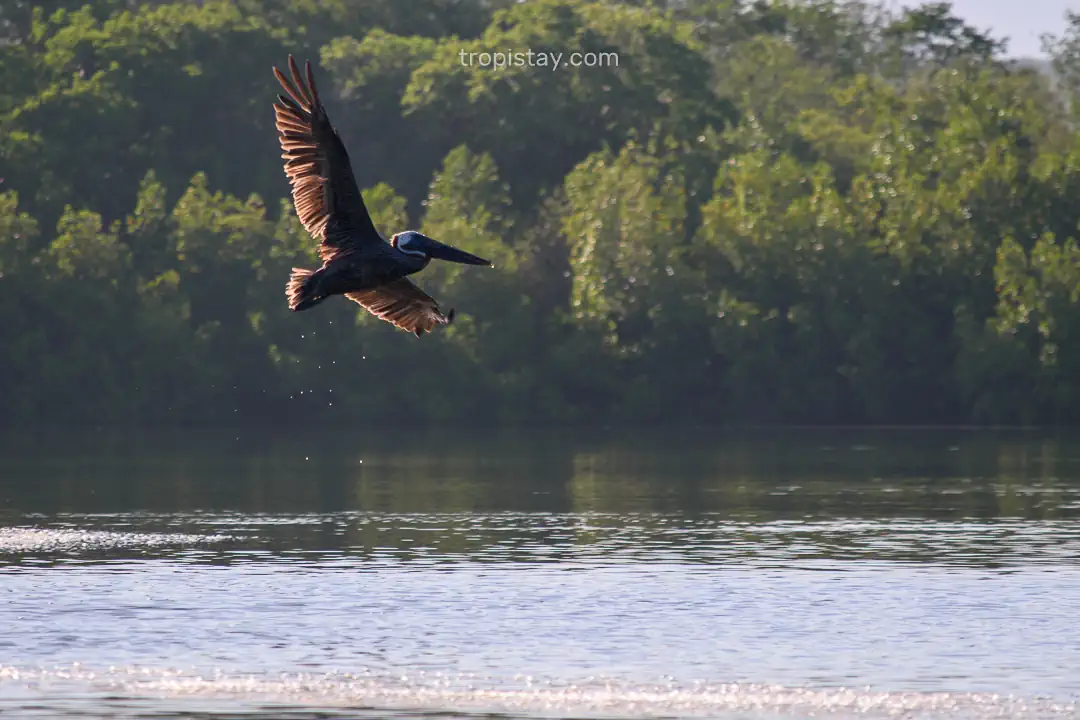
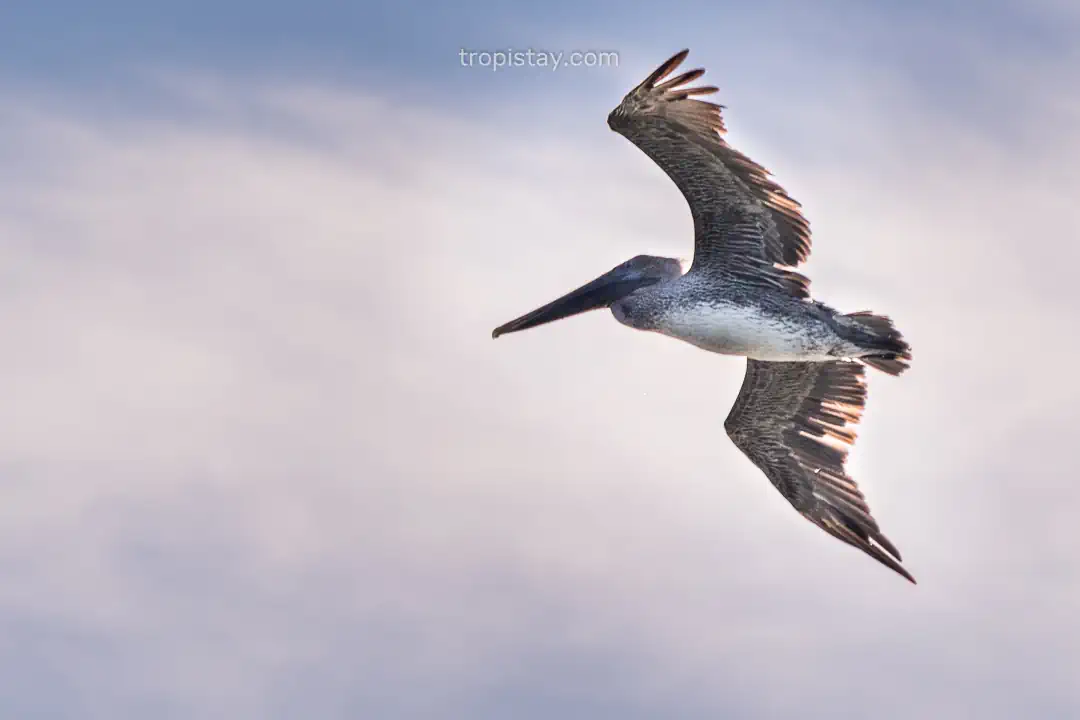
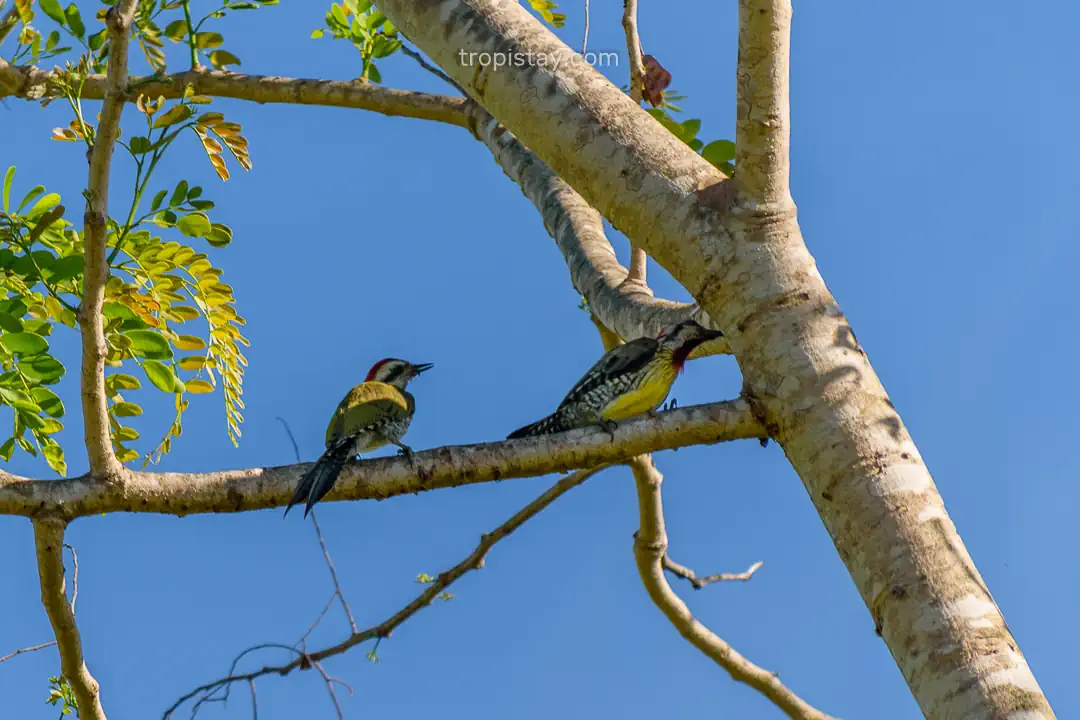
Topes de Collantes
Situated in the Escambray Mountains near Trinidad, Topes de Collantes Natural Park offers excellent birdwatching opportunities amidst its pristine forests and waterfalls. Look out for species such as the Cuban Tody, Cuban Pewee, Cuban Grassquit Cuban Trogon, Cuban Parakeet, Cuban pygmy owl, Cuban Parrot, and Cuban Green Woodpecker as you explore the park’s network of trails and scenic viewpoints. (IBA – Topes de Collante)
Cayo Coco & Cayo Guillermo
Indulge in beachside birdwatching on idyllic islands, where pristine beaches meet vibrant wetlands. Witness flocks of flamingos wading in shallow lagoons and the graceful White Ibis foraging along mangrove shores. Explore the protected areas of El Bagá and El Pilar to encounter resident like the Cuban parrot, Cuba Green Woodpecker, Cuban Tody, and migratory species against a backdrop of turquoise waters and swaying palms. (IBA – Gran Humedal del Norte de Ciego de Ávila)
Sierra de Najasa
Located in the Camagüey province, Sierra de Najasa is a lesser-known but excellent birdwatching destination in Cuba. The Najasa Ecological Reserve is home to diverse bird species, as well as Cuban Parakeets, Cuban Pewee, Gundlach’s Hawk, Cuban Parrot, , and West Indian Woodpeckers. The Sierra del Chorrillo stands as its highest point. Explore the reserve’s trails and wetlands for sightings of these and other avian treasures. (IBA – Sierra del Chorrillo)
Alejandro de Humboldt National Park
Explore one of the most biologically diverse areas in Cuba at Alejandro de Humboldt National Park, a UNESCO World Heritage Site, located in the eastern part of the island. Trek through lush rainforests and rugged mountains to encounter endemic species like the Cuban parakeet, Cuban Trogon, Cuban Tody, Cuban solitaire, and Cuban Oriole. (IBA – Alejandro de Humboldt)
Sierra Cristal National Park
Explore the pristine wilderness of Sierra Cristal National Park, located in the eastern province of Holguín. Trek through dense rainforests, rushing rivers, and mist-covered mountains as you search for endemic species such as the Cuban Parakeet, Cuban parrot, Cuban solitaire, Grey-Fronted Quail-Dove, Cuban Pygmy Owl, and Giant Kingbird. Keep your binoculars handy for glimpses of colorful trogons, woodpeckers, and warblers as they flit among the treetops. (IBA – Pico Cristal)
Sierra Maestra
Trek into the heart of the Sierra Maestra, Cuba’s highest mountain range and a haven for birdwatching enthusiasts. Explore montane forests, cloud-covered peaks, and pristine river valleys as you search for endemic species such as Oriente Warbler, Cuban trogon, Cuban Solitaire, Gundlach’s Hawk, Giant Kingbird, Cuban Green Woodpecker, and the Cuban Tody. Keep your eyes peeled for raptors such as the Cuban Hawk and the Gundlach’s Hawk soaring overhead. (IBA – Turquino-Bayamesa)
Rio Máximo
Located in Camagüey Province, is a critical wetland and Ramsar site. It is famous for hosting one of the largest colonies of Greater Flamingos in the Caribbean. Birdwatchers can also spot the Cuban Black Hawk, Cuban Grassquit , Cuban Vireo, Cuban oriole and West Indian Whistling Duck. (IBA – Río Máximo)
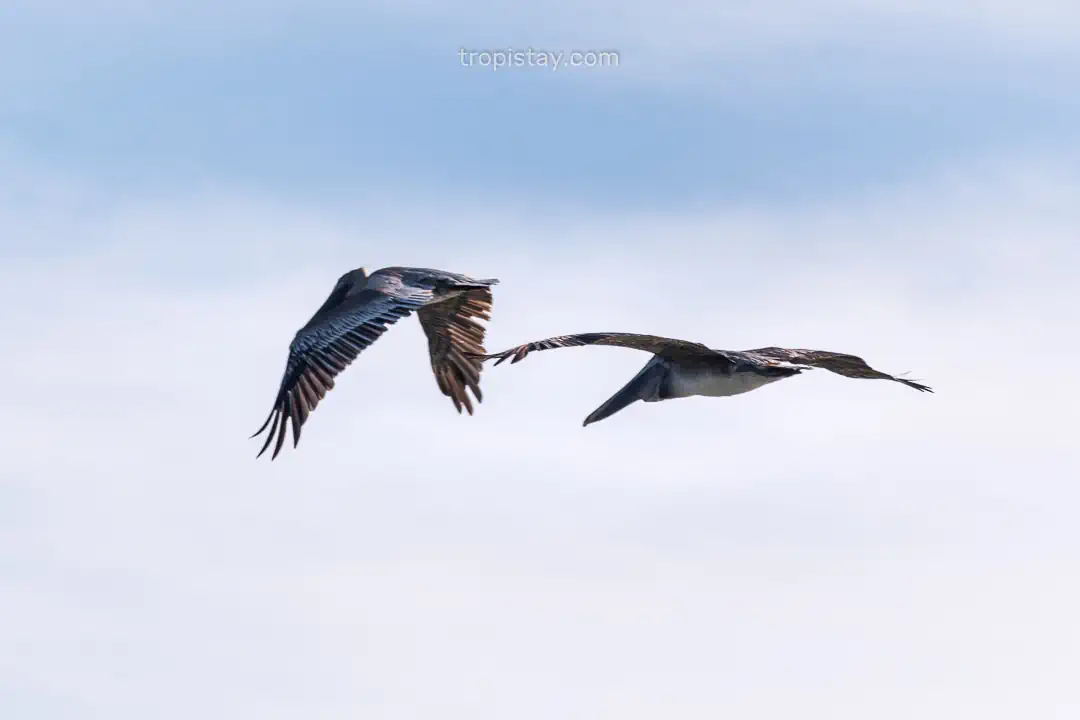
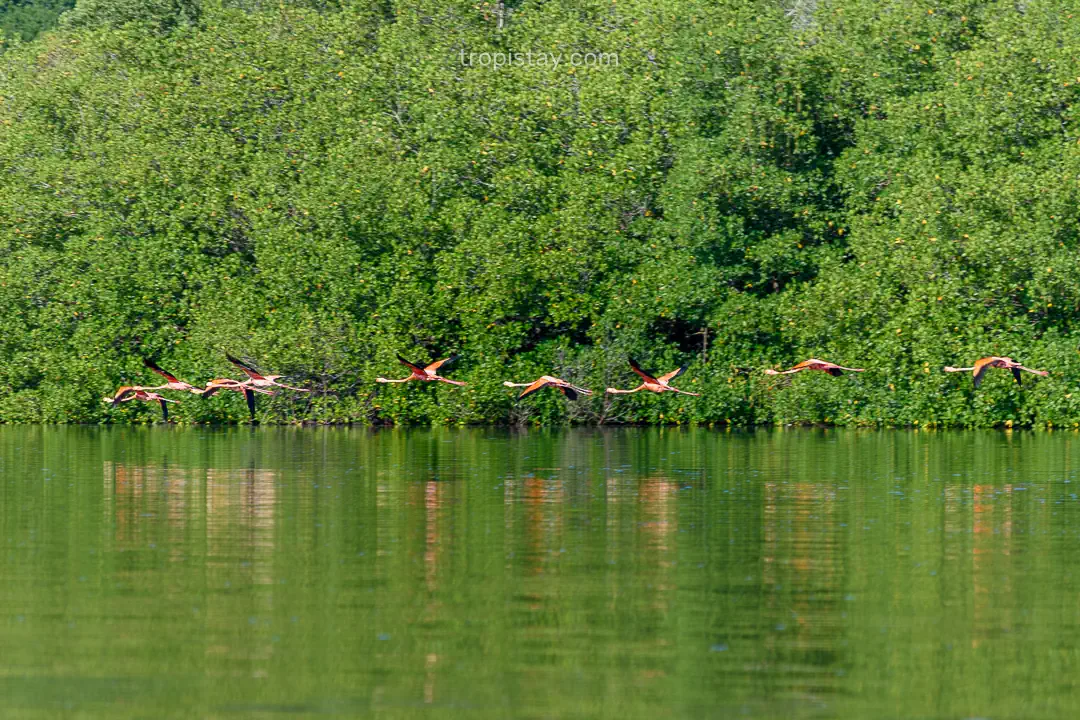
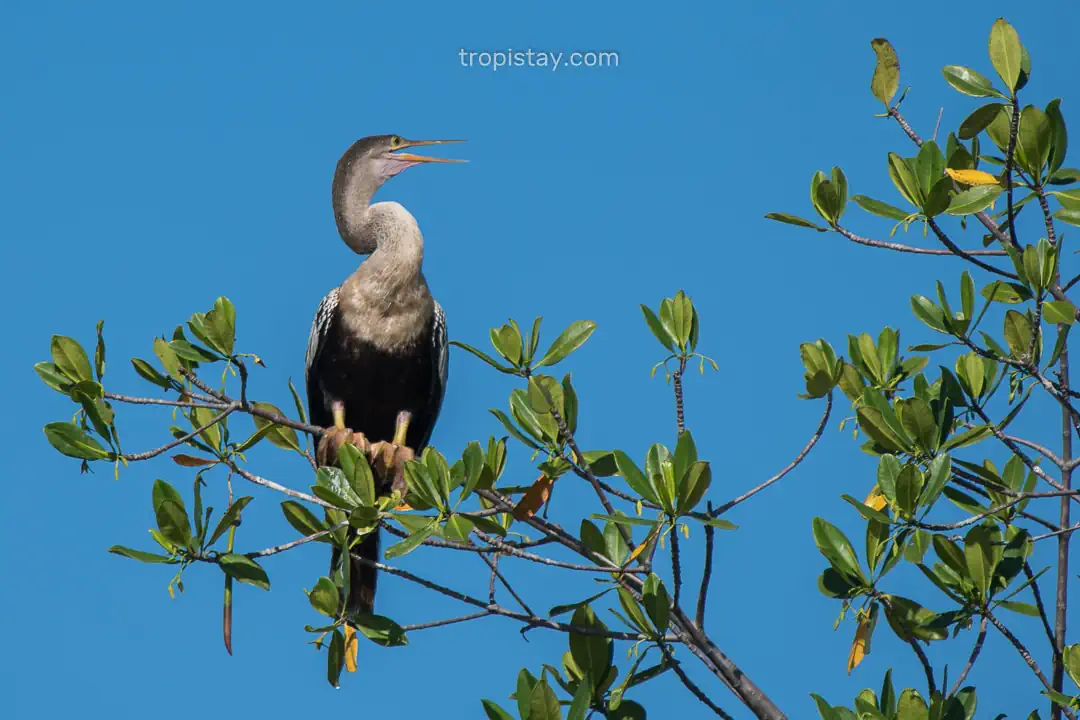
Other places of interest for bird watching in Cuba.
- Isla de La Juventud: Ciénaga de Lanier (IBA – Ciénaga de Lanier and Sur de la Isla de la Juventud)
- Cienfuegos: Laguna de Guanaroca and Jardín Botánico Soledad
- Holguín: Gibara (IBA – Gibara)
- Sancti Spíritus: Alturas de Banao (IBA – Alturas de Banao)
- Granma: Delta del Cauto (IBA – Delta del Cauto) and Parque Nacional Desembarco del Granma (IBA – Desembarco del Granma).
Tips for Birdwatchers:
- Best Time to Visit: The ideal time for birdwatching in these areas is during the dry season, from November to April.
- Guided Tours: Consider hiring a local guide. They can help you spot elusive species and share their extensive knowledge of the area.
- Gear: Bring a good pair of binoculars, a field guide to Cuban birds, and a camera with a zoom lens to capture the vibrant birdlife.
Conclusion:
With its diverse ecosystems and rich avian biodiversity, Cuba offers birdwatching enthusiasts an unparalleled opportunity to connect with nature and discover rare and endemic species. Whether you’re exploring the wetlands of Zapata Peninsula or trekking through the cloud forests of Topes de Collantes, Cuba’s top 12 birdwatching destinations promise an unforgettable adventure filled with discovery and wonder. So pack your binoculars, lace up your hiking boots, and get ready to embark on a birdwatching journey of a lifetime in the stunning landscapes of Cuba.
For more information, please visit the following websites:
Cuban Birds Table
| English Name | Spanish Common Name | Scientific Name | Brief Description |
|---|---|---|---|
| Bare-Legged Owl | Sijú Cotunto | Margarobyas lawrencii | Small, nocturnal owl with featherless legs, found in forests and plantations. |
| Bee Hummingbird | Zunzuncito | Mellisuga helenae | The smallest bird in the world, found in the Zapata Swamp, known for its iridescent feathers. |
| Blue-Headed Quail-Dove | Paloma Perdiz | Starnoenas cyanocephala | Rare dove with a distinctive blue head, primarily found in forests and wooded areas. |
| Cuban Black Hawk | Gavilán Batista | Buteogallus gundlachii | Medium-sized raptor endemic to Cuba, often seen in coastal areas and mangroves. |
| Cuban Blackbird | Totí | Dives atroviolaceus | Common blackbird with iridescent plumage, often found in gardens and forests. |
| Cuban Bullfinch | Negrito | Melopyrrha nigra | Small finch with a strong, conical bill, known for its melodious song. |
| Cuban Crow | Cao Montero | Corvus nasicus | Large black bird with a distinctive nasal call, found in forests and near human settlements. |
| Cuban Emerald | Zunzun | Chlorostilbon ricordii | Small, bright green hummingbird, common in gardens and forests. |
| Cuban Gnatcatcher | Sinsontillo | Polioptila lembeyei | Small, active bird with a long tail, typically found in dry forests and shrublands. |
| Cuban Grassquit | Tomeguín del Pinar | Phonipara canora | Small, seed-eating bird with a distinctive black mask and yellow belly, often seen in grasslands and cultivated areas. |
| Cuban Green Woodpecker | Carpintero Verde | Xiphidiopicus percussus | Medium-sized woodpecker with bright green plumage, found in forests and wooded areas. |
| Cuban Kite | Gavilan Caguarero | Chondrohierax wilsonii | Critically endangered raptor, primarily found in the eastern mountainous regions of Cuba. |
| Cuban Nightjar | Guabairo | Antrostomus cubanensis | Nocturnal bird with cryptic plumage, often found in forests and scrublands. |
| Cuban Oriole | Solibio | Icterus melanopsis | Black and yellow bird commonly found in forests, gardens, and urban areas. |
| Cuban Palm Crow | Cao Pinalero | Corvus minutus | Small crow often found in palm groves and savannas. |
| Cuban Parakeet | Catey | Psittacara euops | Green parakeet with a distinctive red forehead, found in forests and open areas. |
| Cuban Parrot | Cotorra | Amazona leucocephala | Medium-sized parrot with green plumage and a white forehead, found in forests and woodlands. |
| Cuban Pewee | Bobito Chico | Contopus caribaeus | Small flycatcher with a distinctive call, often seen in forests and gardens. |
| Cuban Pygmy Owl | Sijú Platanero | Glaucidium siju | Small, diurnal owl, commonly found in forests and plantations. |
| Cuban Solitaire | Ruiseñor | Myadestes elisabeth | Medium-sized bird known for its melodious song, typically found in mountainous forests. |
| Cuban Tody | Cartacuba | Todus multicolor | Small, brightly colored bird with green, red, and white plumage, commonly found in forests and woodland areas. |
| Cuban Trogon | Tocororo | Priotelus temnurus | National bird of Cuba with vibrant green, red, and white plumage, often found in forests. |
| Cuban Vireo | Juanchivi, Vireo Cubano, Chichinguao | Vireo gundlachii | Small, olive-green bird with a distinctive white eye-ring, found in forests and thickets. |
| Fernandina’s Flicker | Carpintero Churroso | Colaptes fernandinae | Rare Cuban woodpecker with striking yellow and black plumage, found in forests and savannas. |
| Giant Kingbird | Pitirre Real | Tyrannus cubensis | Large flycatcher with a robust build, typically found in open woodland and forest edges. |
| Grey-Fronted Quail-Dove | Camao, Azulona | Geotrygon caniceps | Rare dove with a grey forehead and distinctive markings, found in forests and wooded areas. |
| Great Lizard Cuckoo | Arriero | Coccyzus merlini | Large cuckoo with a long tail, often seen in forests and woodlands hunting lizards and large insects. |
| Gundlach’s Hawk | Gavilán Colilargo | Accipiter gundlachi | Medium-sized raptor endemic to Cuba, often found in forested areas. |
| La Sagra’s Flycatcher | Bobito Grande | Myiarchus sagrae | Medium-sized flycatcher with a distinctive call, found in forests and gardens. |
| Olive-Capped Warbler | Bijirita del Pinar | Setophaga pityophila | Small warbler with olive-green upperparts and a yellow throat, typically found in pine forests. |
| Oriente Warbler | Pechero | Teretistris fornsi | Small, active bird with bright yellow underparts, commonly found in forests and scrublands. |
| Red-Shouldered Blackbird | Mayito de Ciénaga | Agelaius assimilis | Medium-sized blackbird with striking red shoulder patches, found in wetlands and marshes. |
| Thick-Billed Vireo | Vireo Picogrueso, Vireo de las Bahamas | Vireo crassirostris | Small vireo with a stout bill and distinctive markings, found in forests and thickets. |
| West Indian Woodpecker | Carpintero Jabado, Carpintero Antillano | Melanerpes superciliaris | Medium-sized woodpecker with striking red, black, and white plumage, found in forests and gardens. |
| Western Spindalis | Cigua Cubana, Cabrero | Spindalis zena | Small, colorful bird with striking plumage, commonly found in forests and gardens. |
| Yellow-Headed Warbler | Chillina | Teretistris fernandinae | Small warbler with a bright yellow head and grey body, typically found in forests and scrublands. |
| Zapata Rail | Gallinuela de Santo Tomás | Cyanolimnas cerverai | Extremely rare and elusive bird, endemic to the Zapata Swamp, known for its distinctive call and habitat preferences. |
| Zapata Sparrow | Cabrerito de la Cienaga | Torreornis inexpectata | Rare sparrow with a distinctive grey and brown plumage, found in the Zapata Swamp. |
| Zapata Wren | Ferminia | Ferminia cerverai | Small, rare wren endemic to the Zapata Swamp, known for its distinctive song and habitat. |
Recent Post
Houses in the main destination.
Balcones a la Bahía
- Guests: 5
- Top Picks: Feactured
- Popular: Stunning View
- Bedrooms: 2
- Bathrooms: 2
- Destination: Havana
- Rental type: Entire Place
- Property type: Apartment
- View: Bay
- Bed Type: 2 Double, 1 Single
- Categories: Havana
- Amenities: Air conditioner, Balcony, Coffee maker, Hair dryer, Hot water, Microwave, Refrigerator, Safe Box, TV, Wi-Fi
Prices start at: €160 for 2 nights
Casa Frank 3
- Guests: 4
- Bedrooms: 1
- Bathrooms: 1
- Destination: Playa Larga
- Rental type: Private Room
- Property type: Casa Particular
- Bed Type: 2 Double
- Categories: Playa Larga
- Amenities: Air conditioner, Beach, Hot water, Refrigerator, Terrace, TV
Prices start at: €25 per night
Hostal El Destino 2
- Guests: 4
- Bedrooms: 1
- Bathrooms: 1
- Destination: Trinidad
- Rental type: Private Room
- Property type: Casa Particular
- Bed Type: 2 Double
- Categories: Trinidad
- Amenities: Air conditioner, Hair dryer, Hot water, Refrigerator, Safe Box, Terrace, TV, Wi-Fi
Prices start at: €40 per night
Villa Lisbet y Misael – Triple
- Guests: 3
- Bedrooms: 1
- Bathrooms: 1
- Destination: Viñales
- Rental type: Private Room
- Property type: Casa Particular
- Bed Type: Double, Single
- Categories: Viñales
- Amenities: Air conditioner, Free parking, Hair dryer, Hot water, Private entrance, Refrigerator, Terrace, Wi-Fi
Prices start at: €25 per night
Eliza y Miguel Angel 2
- Guests: 3
- Bedrooms: 1
- Bathrooms: 1
- Destination: Cienfuegos
- Rental type: Private Room
- Property type: Casa Particular
- Bed Type: 1 Double, 1 Single
- Categories: Cienfuegos
- Amenities: Air conditioner, Hot water, Terrace
Prices start at: €30 per night
Papo’s House – Double
- Guests: 2
- Bedrooms: 1
- Bathrooms: 1
- Destination: Varadero
- Rental type: Private Room
- Property type: Casa Particular
- Bed Type: Double
- Categories: Varadero
- Amenities: Air conditioner, Beach, Hair dryer, Hot water, Safe Box
Prices start at: €40 per night

